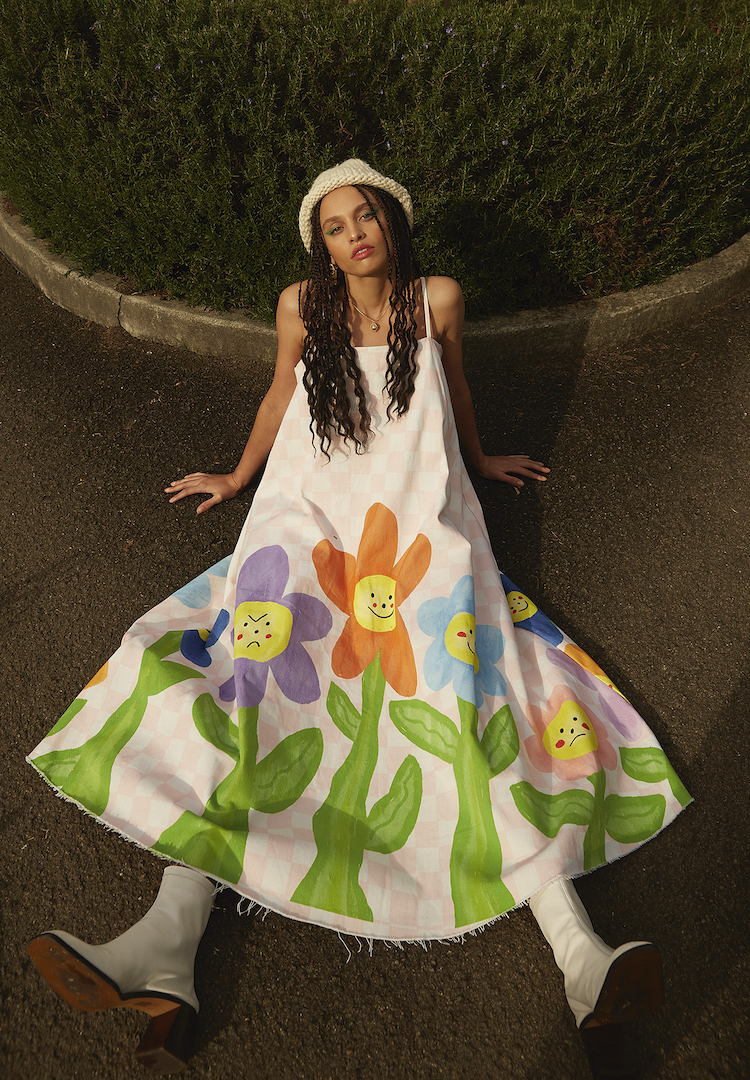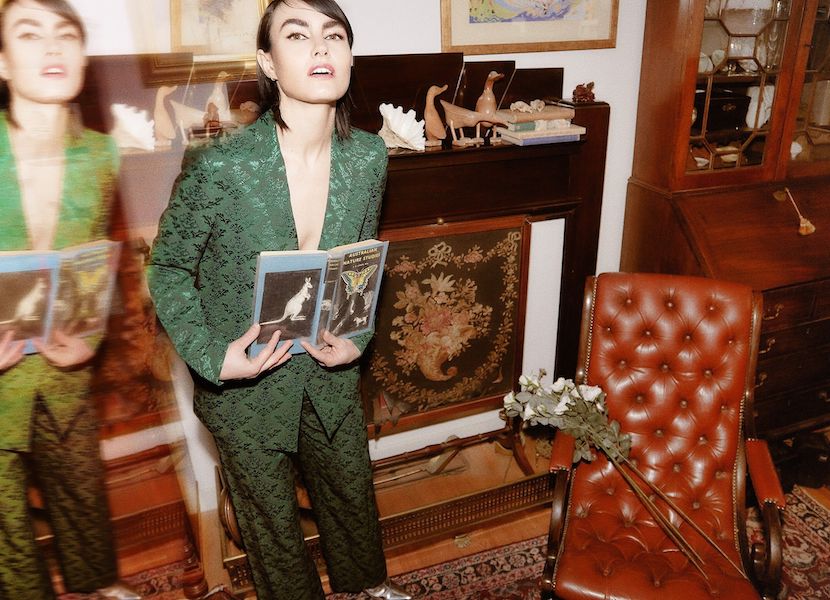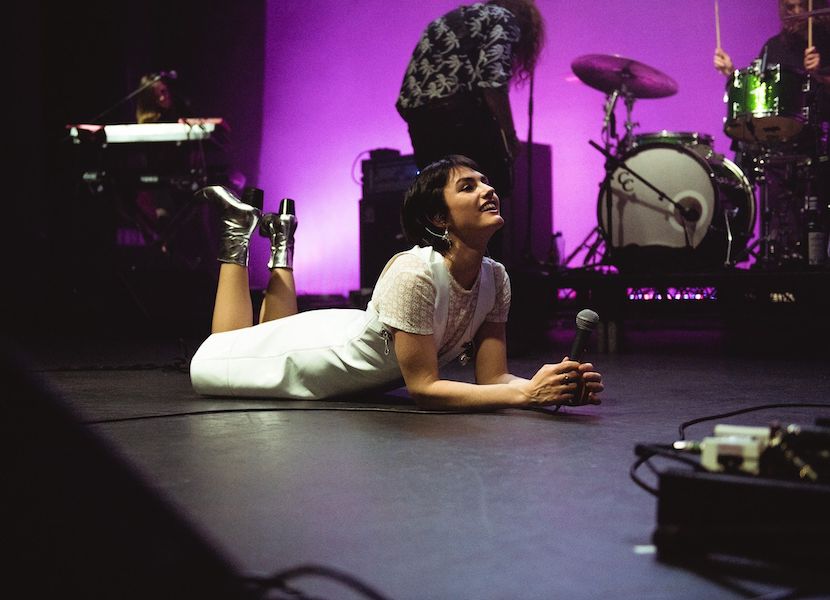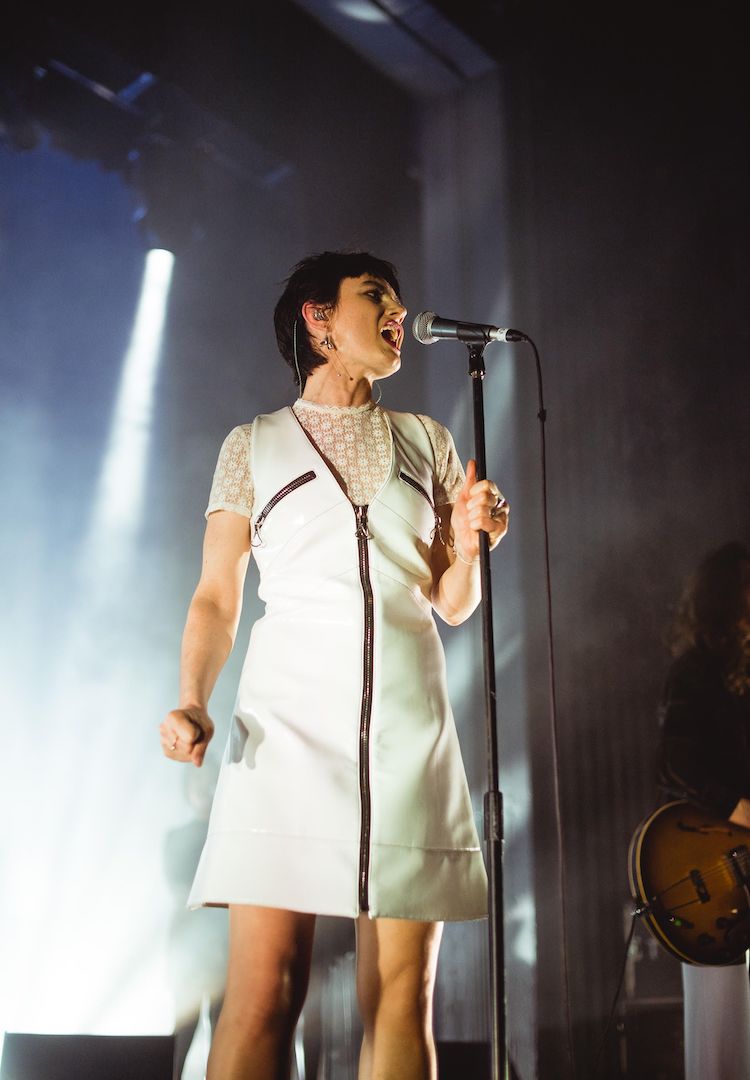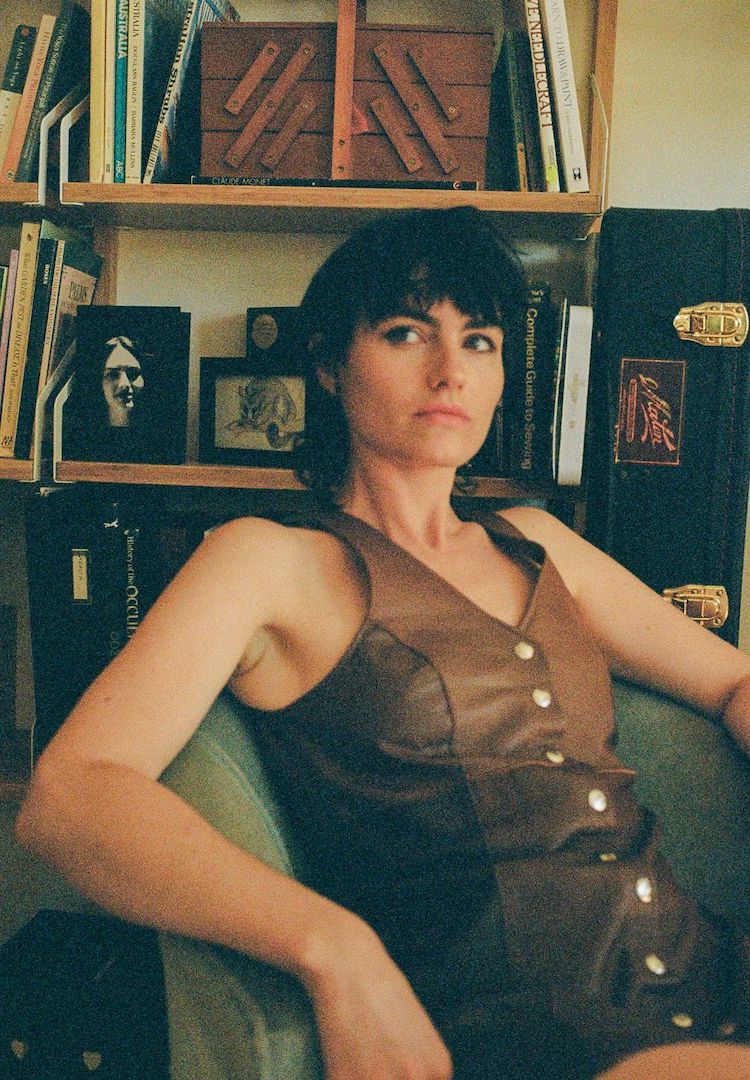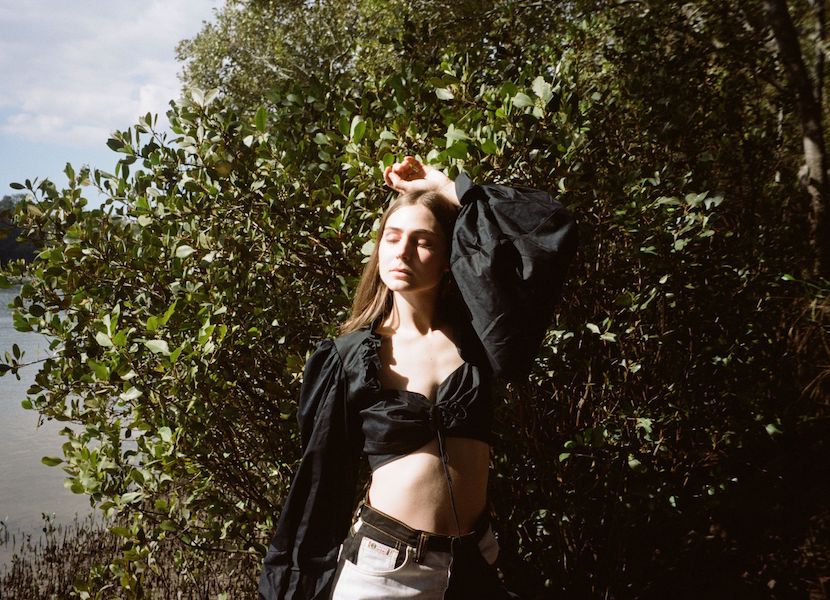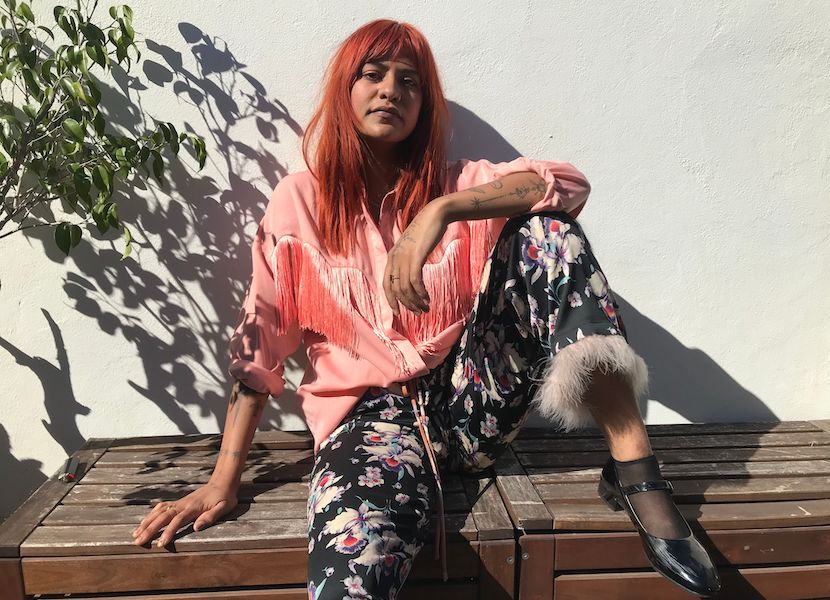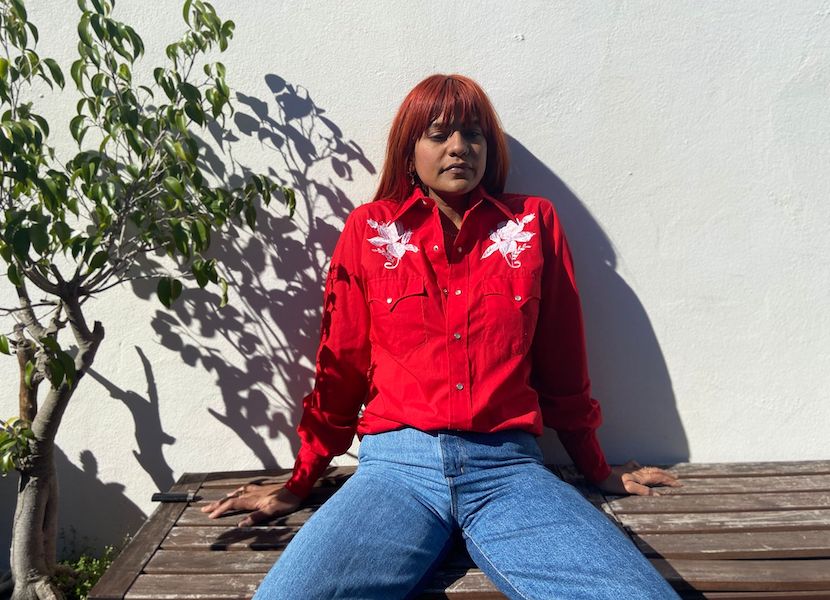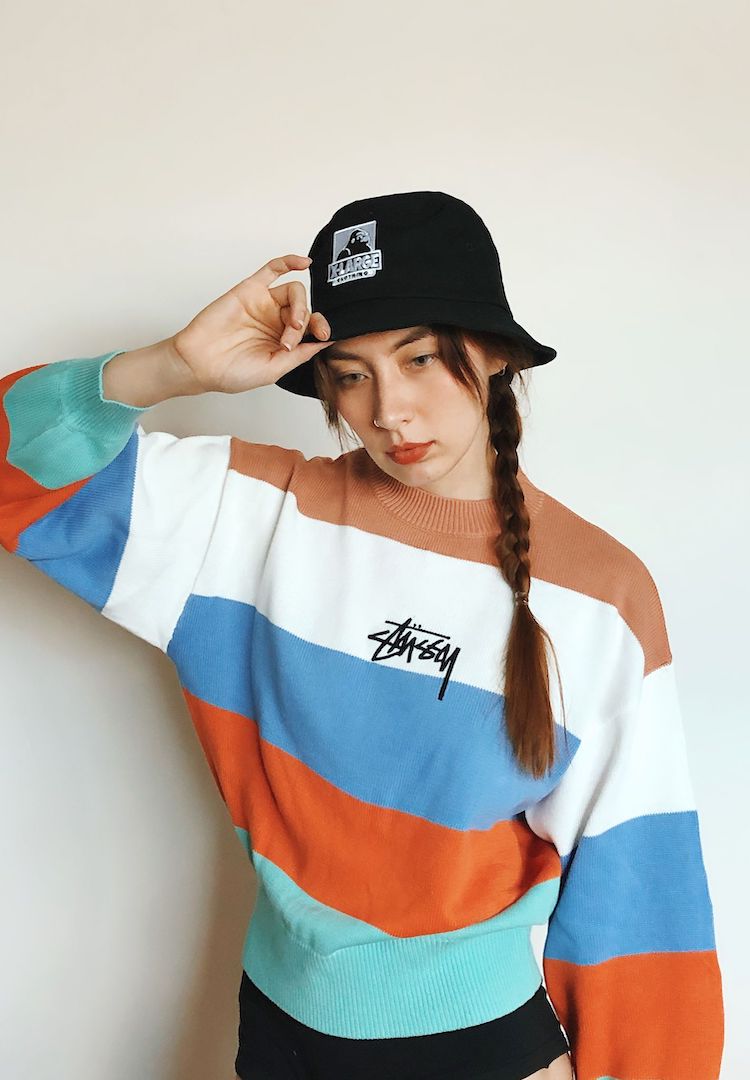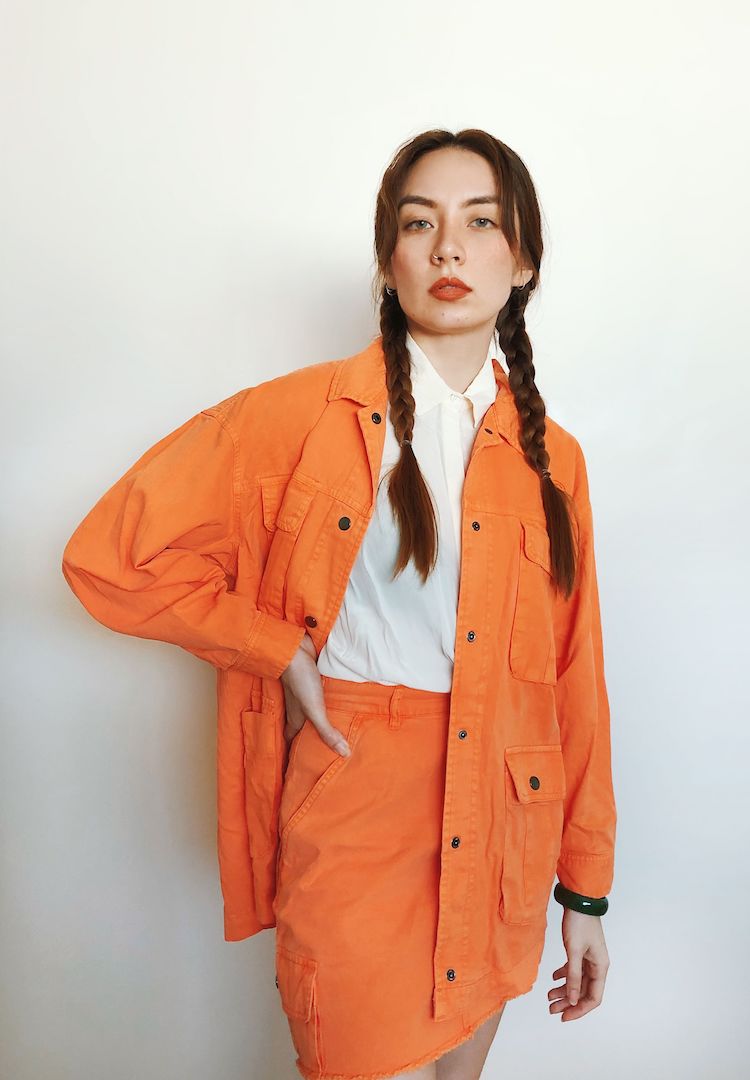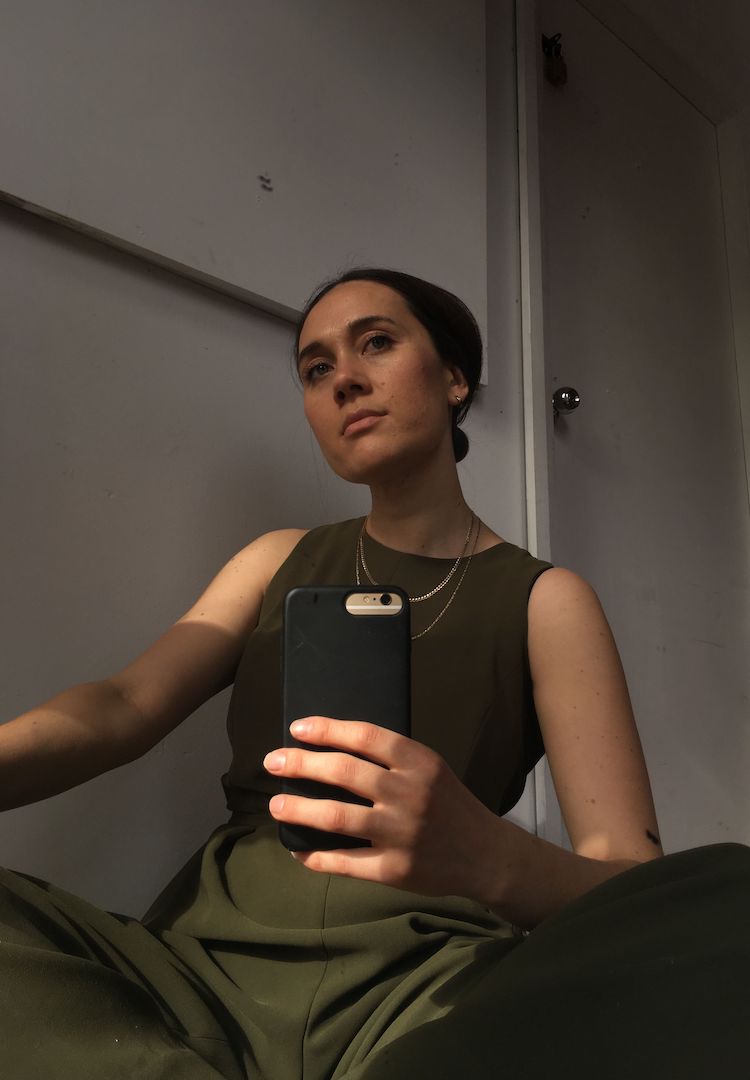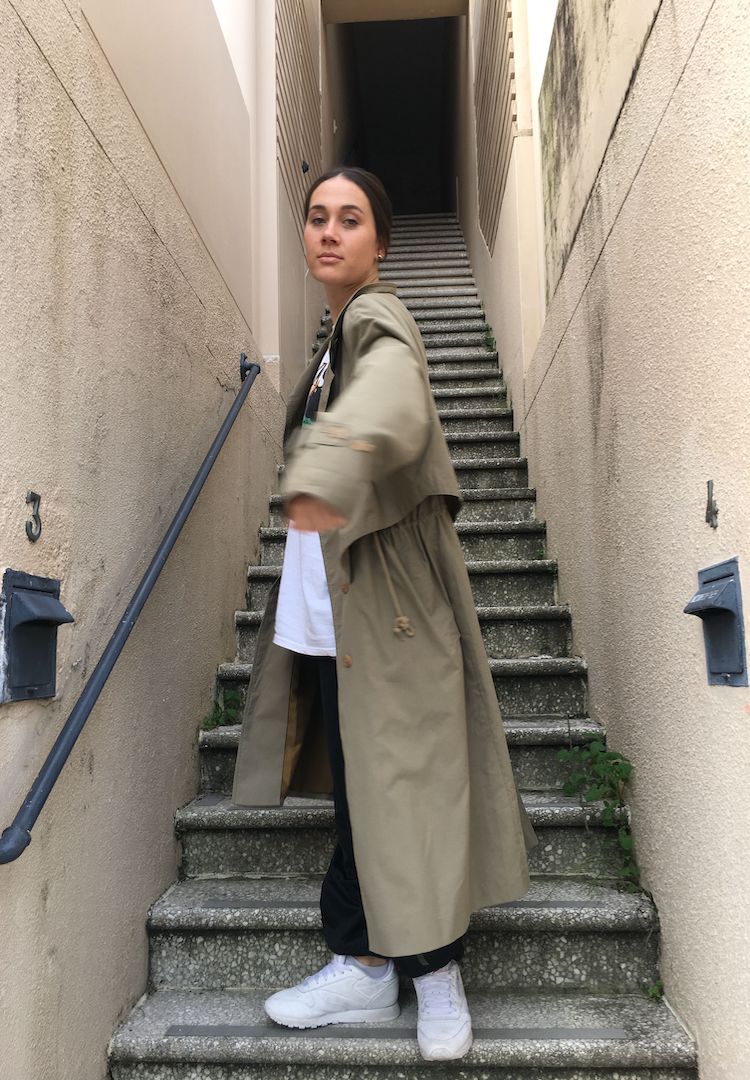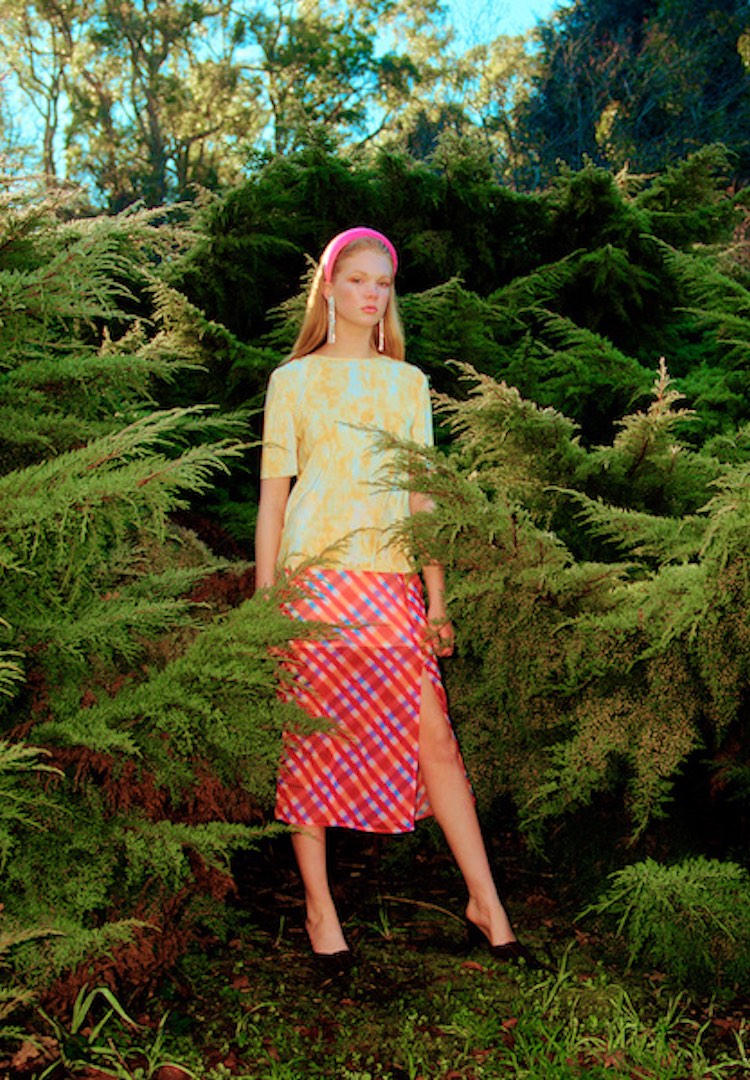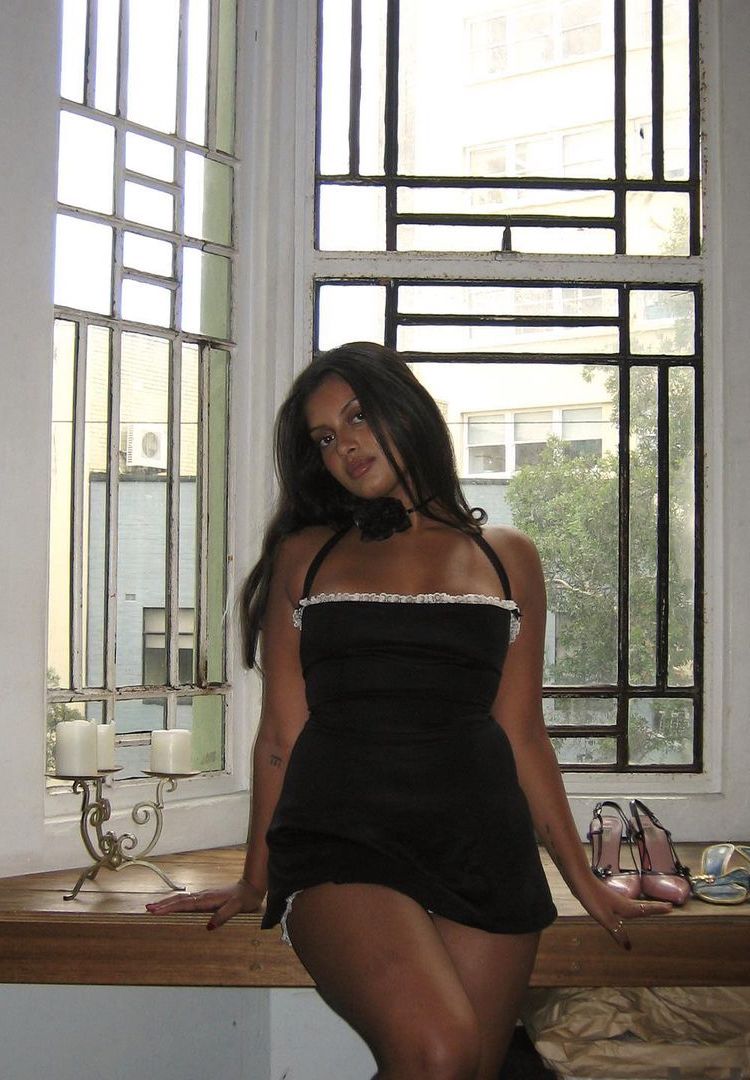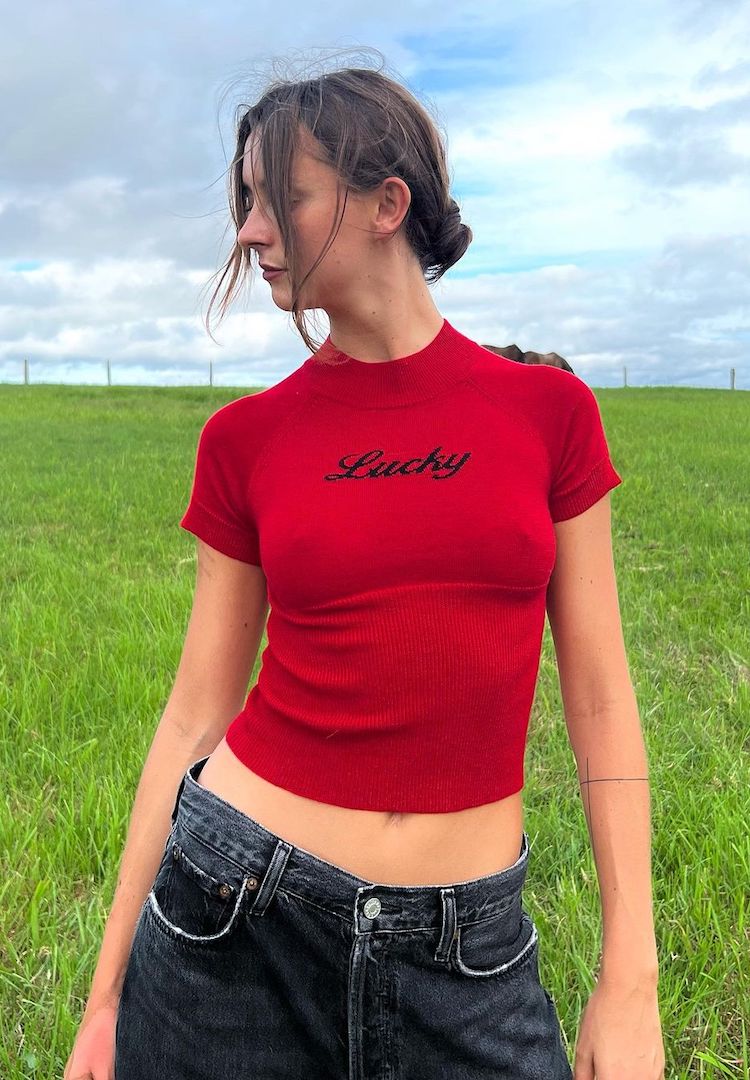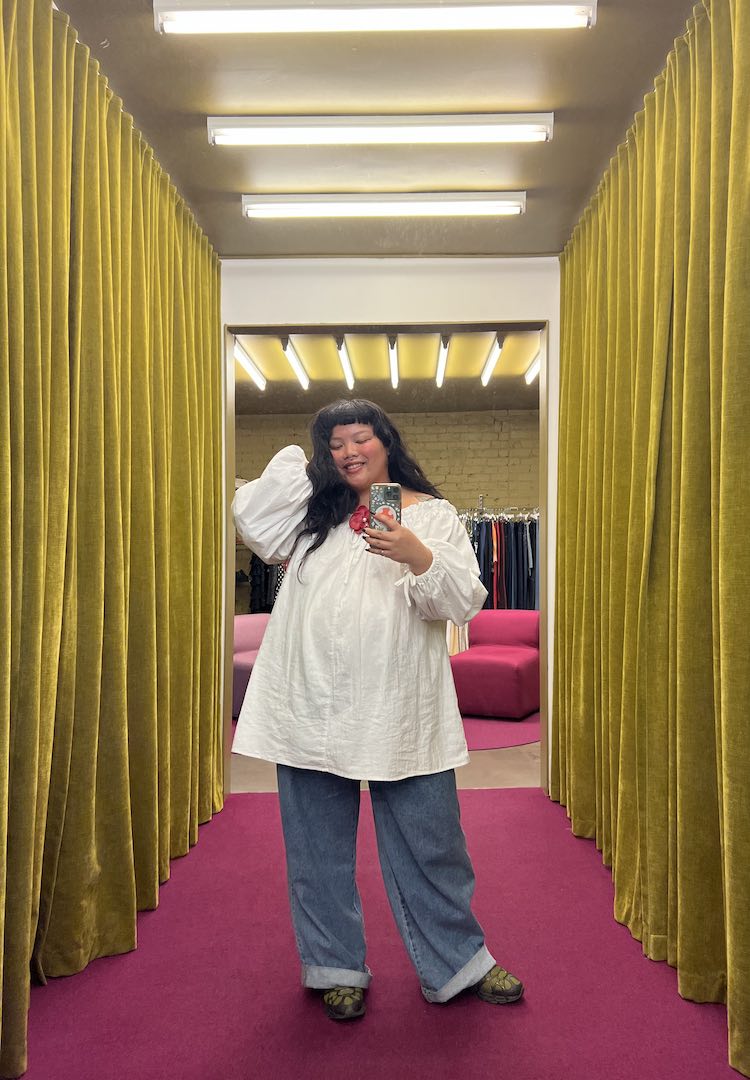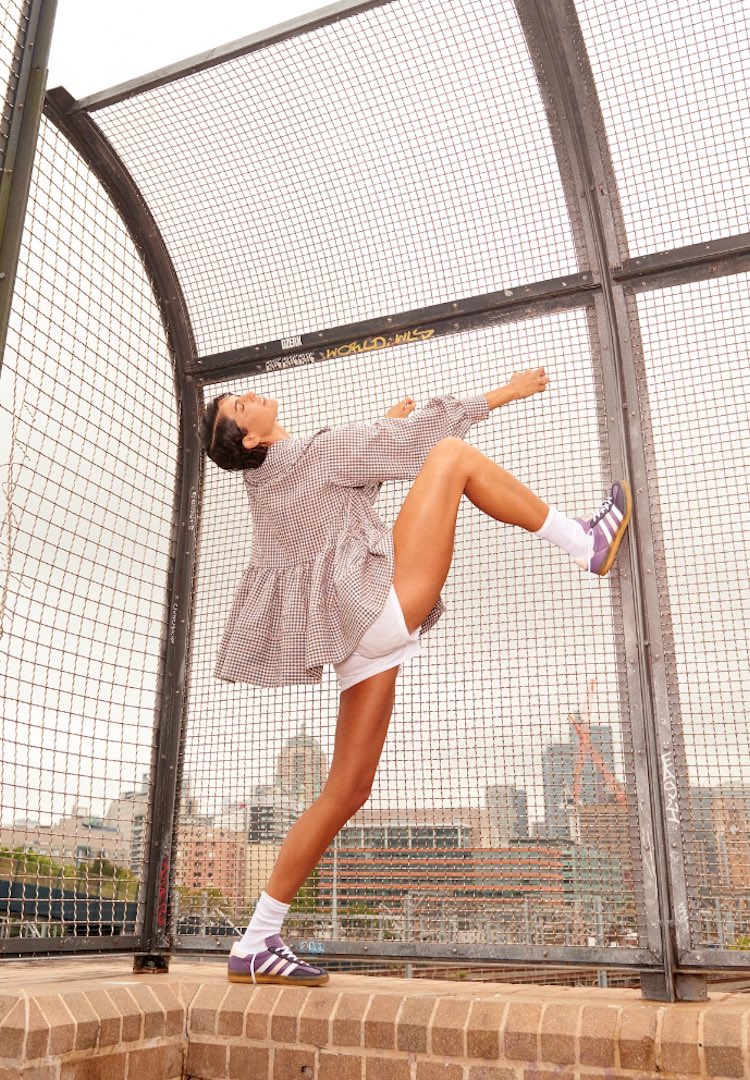Meet Worn For Good, a charitable circular fashion platform
WORDS BY ROSANNA WATTS
When circular fashion meets altruism.
“We had this heartfelt desire to do something that involved giving back,” says Sophie Palmer, the cofounder of Worn For Good (WFG), a ‘for-purpose’ (not profit) fashion platform that curates and sells pre-loved designer apparel to raise money for Australian communities in need.
Usually, the circular shopping platform works with fashion influencers and designers to create its monthly collections, but on Sunday August 16 it dropped a one-off ‘music edit’.
The music collection offers a range of pre-loved apparel, including outfits worn on stage, from several female Australian musicians and artists. Think custom-made pieces from The Preatures’ Izzi Manfredi, vintage classics from singer-songwriter Clea and breezy linen overalls from Jaguar Jonze.
Wanting to know more about this innovative business model and the masterminds behind it, I gave Sophie a ring. Naturally, we got talking about all things sustainability, circular fashion and the future.
But first, the backstory
Like all good things, WFG took a bit of time to make happen. Sophie tells me that while it launched just two months ago, it’s been two years in the making. Sophie is a lady after my own heart, meaning she studied a degree in journalism and marketing and worked for many years in the world of fashion and glossy magazines.
The other half of WFG, Pip Best, has worked for almost a decade as a social worker, primarily focused on youth homelessness. WFG grew naturally from the founders’ different skill sets and backgrounds, and their shared passion for social and environmental change.
“Over two years, we realised… we wanted to work with the issue of waste in the fashion industry, but in a really positive way that ultimately gives back to people in need,” Sophie says. “So we fused our two areas together, realising there was a whole lot of people, especially now, wanting to move towards conscious consumerism, sustainability and giving back.”
So, how does it work?
Sophie tells me the structure took a bit of thinking. First, she and Pip considered donating the clothes themselves to charities. But then they quickly realised the money made from selling a Gucci jacket is more useful to a charity than the jacket itself. So, they set out to “bridge the gap” between people who want to help and have excess clothing, and the charities themselves.
To make this happen, WFG partners with fashion influencers who donate unwanted items from their wardrobes, as well as Aussie designers and brands who donate their excess stock.
So far, WFG has dropped collections from a few well-known fashion influencers, including content creator and creative director Yan Yan Chan, and it’s partnered with many beloved Australian brands like Sir The Label and Holly Ryan. Curious how WFG became so incredibly networked, I asked Sophie how they scored these collaborations.
Sophie says, “with total humility,” connecting with brands and ambassadors hasn’t actually been that hard. “Some have been connections, like those I gained from working for fashion magazines or various designers,” she says. “But mostly, it’s just been really well-received. Since we’ve launched, anyone we’ve pitched has always felt really aligned with and keen to support what we’re doing.”
The latest, one-off music collection, however, was the result of a long-term connection with Australian singer-songwriter Jack River. “[She] is really passionate and inspired about the cause, and she was like ‘I would love to be involved’,” says Sophie. From there, the word just spread. Before they knew it, they had several musicians on board and the music edit was born.
Sophie tells me the latest collection is a sidestep from working solely within the fashion industry, but it’s also not totally left of field. “There’s an obvious and great synergy between the creativity and self-expression that’s involved in both the fashion and music culture.”
The causes you’ll be supporting
Like WFG’s usual monthly collections, all proceeds from the music edit will go to one of the three charities it partners with. Sophie and Pip took their time deciding on the charities they wanted to support. “Women and vulnerable women were a huge one because we’ve both worked in that area,” says Sophie. This is why WFG supports Women’s Community Shelters, a charity that helps protect and support women and children escaping homelessness and domestic and family violence.
“We also really wanted to partner with a charity that works with sustainability and environmentalism, which is where Greening Australia comes in,” adds Sophie. Greening Australia’s mission is to restore and conserve Australia’s unique landscapes.
The third charity is Look Good Feel Better, a national community program that’s teaching cancer patients how to manage their appearance-related side effects. “That’s something that lots of people are passionate about,” says Sophie. But it also has a more personal significance. “I was diagnosed with a type of blood cancer a few years ago,” she says. “So, it’s something I personally feel really aligned with.”
Thoughts on the future of sustainable fashion
Fascinated by WFG’s creative use of a for-purpose-not-profit model, I want to know what sustainable fashion means to Sophie. She tells me the demand of the consumer is important. “We’re encouraging consumers to move away from just buying something because it’s on-trend, and to consider how they can support locally-made and buy pre-loved items.”
But Sophie also believes things shouldn’t be left entirely up to the consumer. “Brands need to be more aware of the fabrics and manufacturing processes they use, and the impacts they have on the environment and the people involved,” she says.
When I ask Sophie what she thinks of the future of circular fashion, she’s hopeful but recognises the road ahead is still long. “We have to start somewhere. And while it’s really inspiring and encouraging to see the conversation has been started, we both think there’s still a long way to go.”
And what about the future of Worn For Good?
The road ahead for WFG is jam-packed and, if Pip has it her way, free of any slow signs or red lights. “We’re both pretty ambitious,” laughs Sophie. “Especially Pip. She’s a Taurus, so she’s extra-driven.” While Sophie and Pip both have a lot planned, their overarching goal is to make the most impact they can.
Sophie also explains they want to be flexible in their approach. “We want to be able to move in a way that we can support causes as they arise, like the bushfires, while still partnering with our long-term charities,” says Sophie. The founders also hope to create a community where people can get directly involved with charities through events and volunteering opportunities.
They have set their sights on the overseas market, too. “We’ve got a hit list of international designers and ambassadors that we’d love to work with,” says Sophie. And, as if all that doesn’t sound like enough already, we can also expect to see a WFG app five years from now (three if you ask Pip). Sophie describes the app as being a platform where individuals can log on and buy or sell preloved items, with all proceeds still going to not-for-profits.
As we near the end of our conversation, Sophie says she’s really grateful for everyone that’s been involved in the WFG process. “It takes a lot of kind hearts to make something like this happen,” she says. “It’s been a real joy to get this up and running, and we’re both so excited to see where it goes.”
You can shop the new music edit here, and you can find out more about Worn For Good here.

